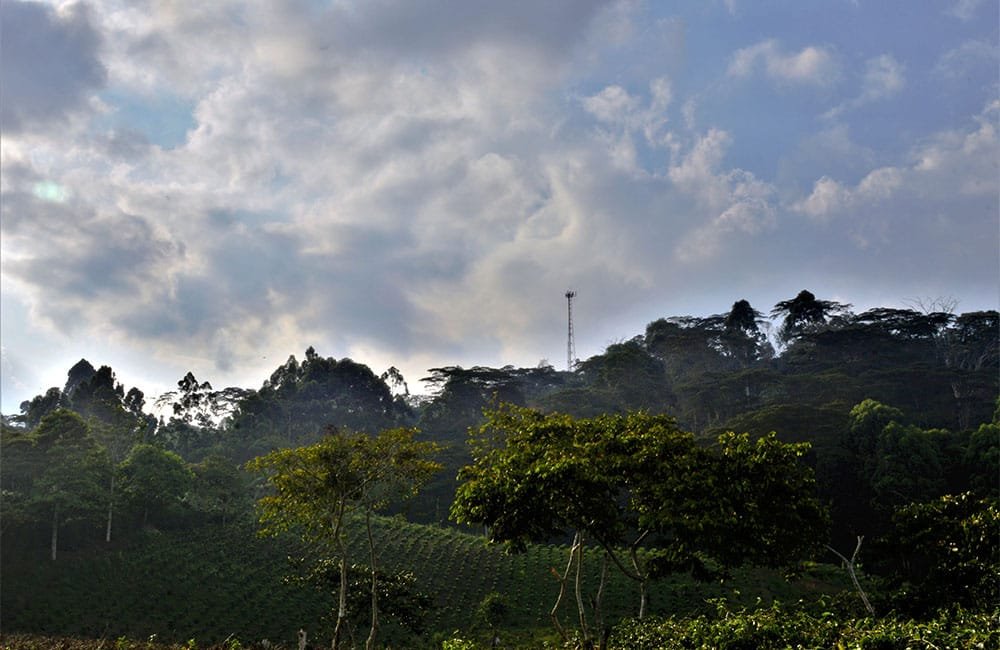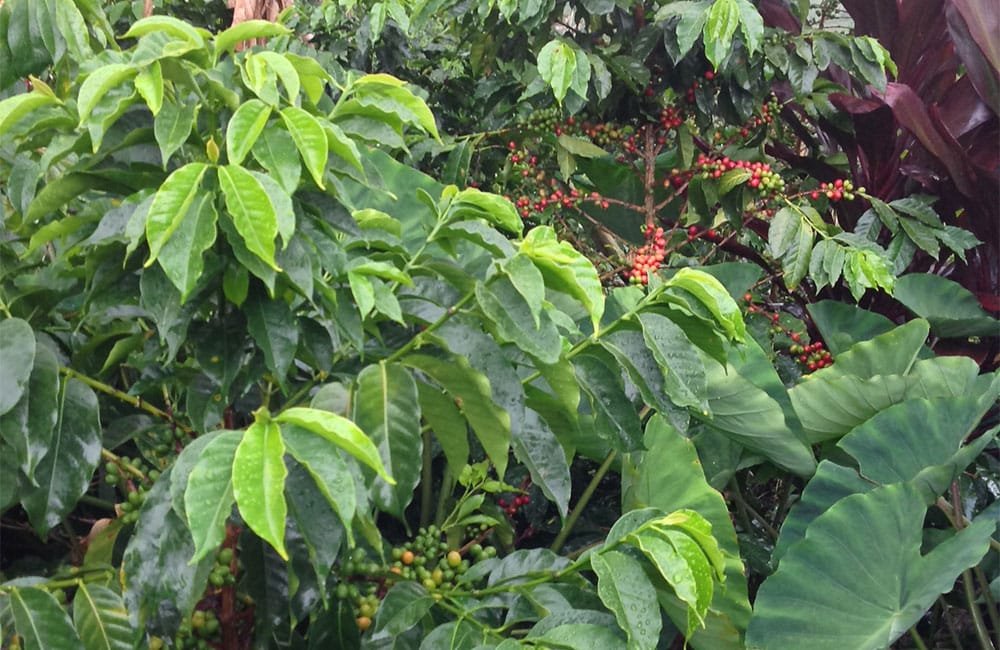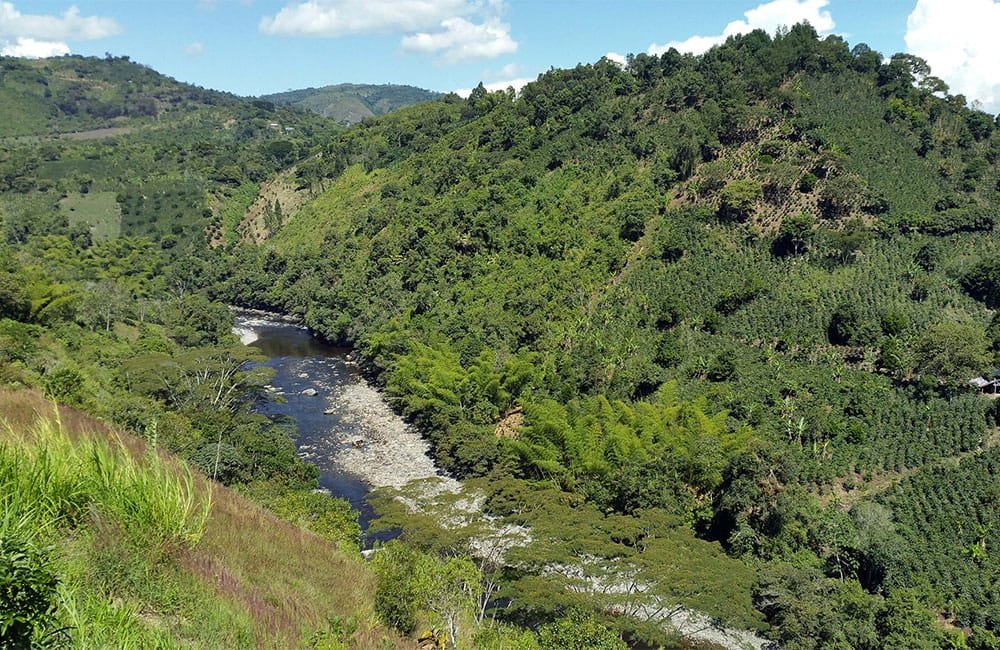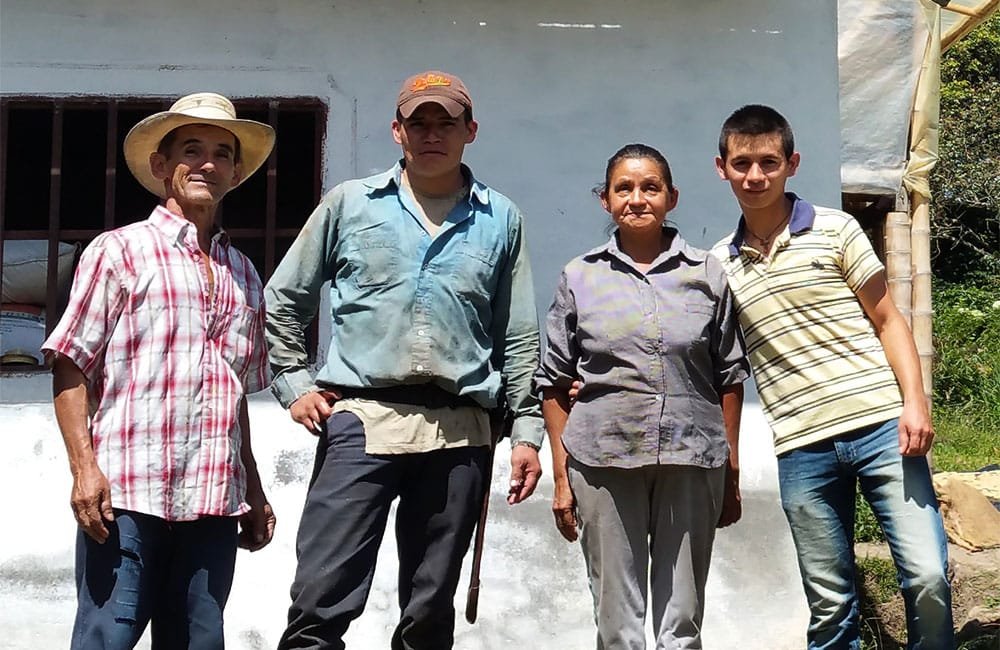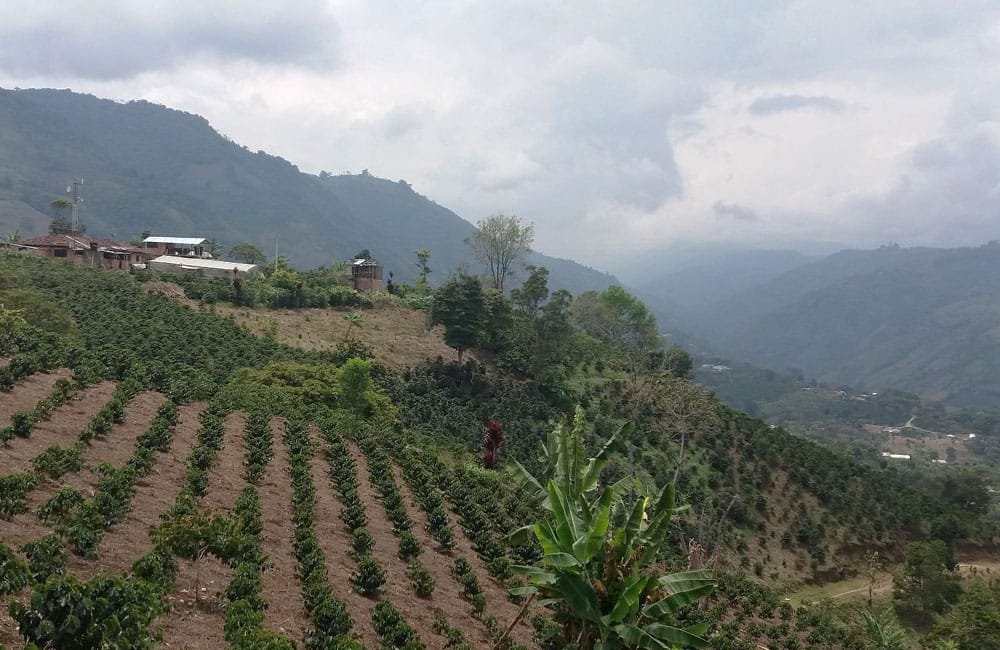Crema de chocolate, miel, floral
| Huila | |
| 1.900 msnm. | |
| Caturra, Colombia | |
| Lavado | |
| Pequeños productores |
Alto del Obispo, the art of growing great coffee
The Huila region of Colombia is blessed with an optimal geography for growing coffee.
But the key to obtaining great quality coffees (like this Alto del Obispo) in the areas around San Agustin, are the producers themselves.
Coffee growing in this region is mostly done on a small scale. In fact, approximately 80% of producers in the region grow coffee on less than 3 hectares of land.
These small farms are run by private families and labour is rarely hired.
This results in a more thorough and intensive care and they take great pride in the final product, which is, in itself, almost an extension of the family.
The Department of Huila, famous for its coffee
The department of Huila is located in southern Colombia and borders the powerful Andean sub-mountain ranges of the “Cordillera Oriental” and the “Cordillera Central”.
The famous Huila coffee is grown on the slopes of these mountain ranges, divided by the Magdalena River, which is the main river in Colombia.
San Agustin is a municipality about 45 minutes by car from Pitalito in southern Huila.
The area is known as the “Colombian Massif”, which refers to a group of Andean mountains in southern Colombia.
It houses the largest group of religious monuments and megalithic sculptures in South America, constituting a setting that dates back to the 1st century.
The monuments are part of the UNESCO world heritage.
Coffee cultivation in Alto del Obispo
Alto del Obispo is a small town located in the San Agustin Archaeological Park, south of San Agustin, in the department of Huila, which has hundreds of pre-Columbian monuments and sculptures.
It is a place with impressive views of the valley.
The volcanic soils, combined with the distribution of rainfall and the temperature throughout the year, allow coffee growers to grow coffee up to 1,900 meters above sea level and ensure almost perfect conditions for growing specialty coffees.
The altitude creates the characteristic acidity of Huila; while greenhouse-like conditions provide frequent flowering periods throughout the year, which accounts for the distinct floral scents.
About the smallholders
Coffee production in this area is carried out by multiple smallholders, whose farms vary in size from 2 to 10 hectares.
All the small producers in the region focus on quality and improving the standards of the coffee they produce, thus ensuring that they receive higher premiums for their coffees.
In addition, they receive regular help with agronomy training and best practices, as well as feedback on their coffees after tasting them.
Most local farmers grow the Castillo, Caturra and F6 varieties, although there is an ongoing program that helps subsidize farmers who are experimenting with new varieties, such as Geisha, to ensure they receive a fair pay for their harvest.
About the processing
The way of growing coffee in the remote southern region of Huila is different from other regions of Colombia.
More than agriculture, it is an art that has been passed down from generation to generation.
Each family tends and manages its own plantation, generally without the use of chemical products.
They also gather their own crops, with the help of neighbours and relatives.
After the harvest, the red and ripe cherries are placed in plastic tanks to eliminate the ones with lower weight.
They are then pulped by passing them through a manual pulper at the family farm (usually located near the main house).
The residues from this process will be used as a natural fertilizer for the coffee trees.
After this, the coffee is fermented between 12 and 18 hours, depending on the weather, and then washed with cold, clean water.
Once this process is complete, many of the farmers sun-dry their coffee in the patios or on the roofs of their houses.
Farmers in this part of Huila have designed a mechanism by which they can slide a cover with pulleys to cover the coffee in case of rain.
Some farmers dry their coffee on parabolic beds in the sun.
These parabolic beds, known locally as canopies, are constructed similarly to greenhouses, with assured air flow through openings at both ends, they protect the coffee harvest from rain and mist while it dries and prevent condensation dripping onto the ground when drying the beans.



